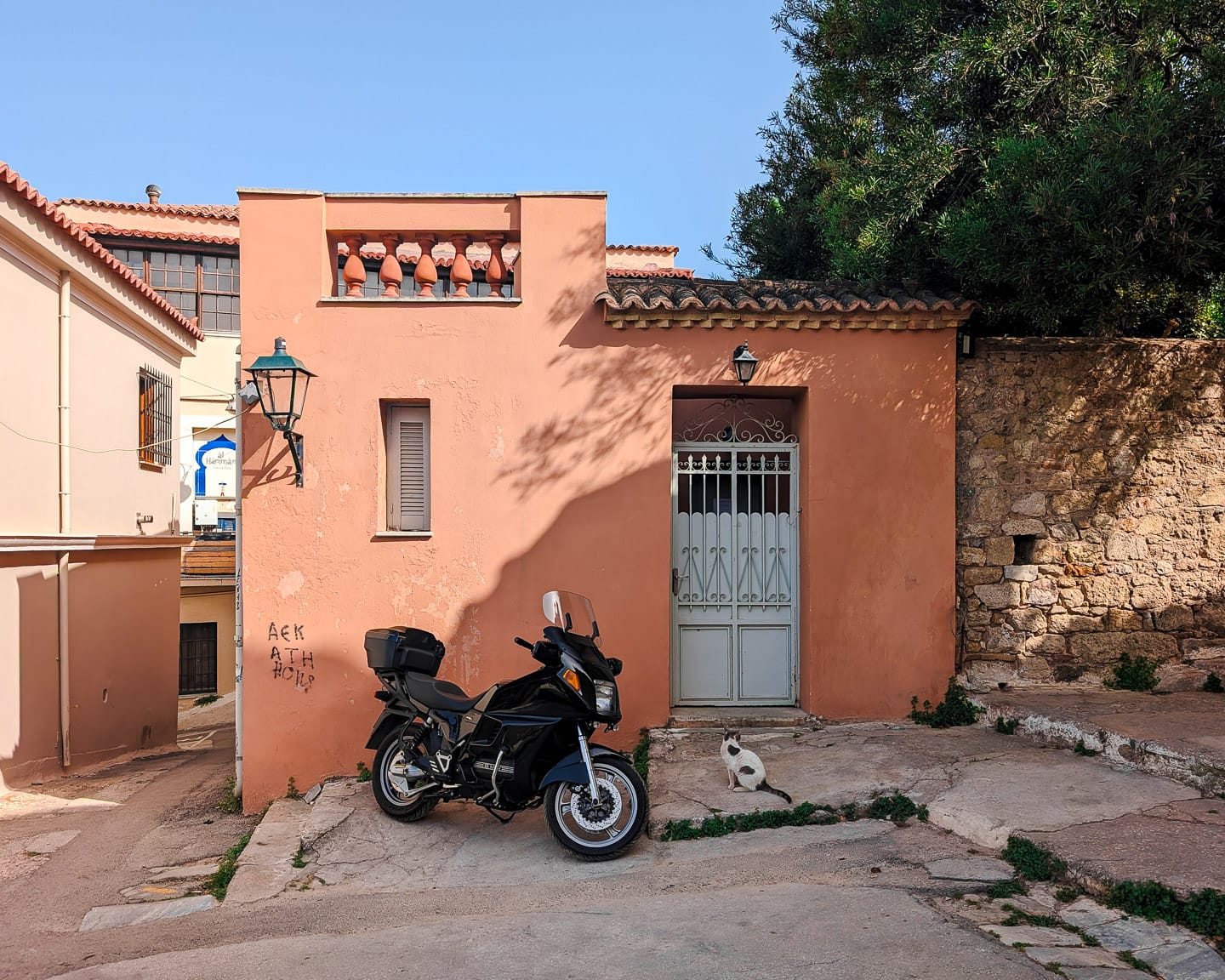
I remember watching an observational documentary chronicling a photographer's venture to capture the spirit of Detroit, a prominent city in the American Midwest. Over several months in the Motor City, photographing its streets, structures, and public spaces and engaging with its residents, he and his team concluded that the defining image of the project was to be steam billowing from cracks and vents in the pavement. Upon sharing this image with the Detroiters he encountered, most of whom had never paid much attention to the phenomenon caused by the city's ageing steam heating system, the consensus was clear: this was unmistakably Detroit.
I spend approximately 80% of my annual travel time outside the UK in Japan, dedicating at least half of this to the Greater Tokyo area. Exploration of Tokyo and Japan has become almost instinctual. I have much left to accomplish, but I am confident in navigating what comes next. It is a sense of holding the keys to the city—or at least some of them—a feeling hard-earned from years invested in this single destination: my 10,000 hours in Tokyo learning the language, culture, and urban geography. As a result, in almost any setting, I can see things clearly and identify the metaphorical steam vents without months of groundwork.
During my remaining time abroad, I am much like any traveller, entering new destinations as a novice, unacquainted with local customs and seeking guidance. Finding myself in an unfamiliar city sharply reminds me of the challenges of starting anew. This sentiment was vivid this week during my inaugural visit to Athens—アテネ Atene in Japanese—the Greek capital renowned as one of the oldest cities in the world, with a history extending beyond 7,000 years by some estimates. Often referred to as the "cradle of Western culture," Athens has made foundational contributions to democracy, philosophy, art, and literature, making it an essential destination for any urban enthusiast.
It is rare for a long-scheduled trip to arrive with all the preparations I promised myself completed. Indeed, I disembarked the plane at Athens International Airport without prior reading, equipped only with the most basic Google Maps itinerary. Following a blistering taxi ride along the Attiki Odos motorway, built to enhance the transportation infrastructure for the 2004 Olympic Games, I sat on the marble balcony of my Airbnb, watching the nightlife of the Psyri neighbourhood below, searching online for area guides and sifting through restaurant recommendations to separate the overhyped from the local favourites.
Today, we're inundated with regurgitated information about any travel destination. Whether content authors have visited the places they write about is often questionable. Critiques are also rare; many short-form video creators will praise venues solely to create an attractive reel that garners attention. A practical method to verify TikTok and Instagram recommendations is searching for venues and sorting reviews by ascending rating. Beginning with the most critical feedback helps counter confirmation bias—the tendency to favour information confirming pre-existing beliefs, established in this case by expertly produced social media videos. While unhelpful negativity may stem from naysayers or those with isolated bad experiences, the goal is to identify consistent patterns. For example, if many reviews repeatedly cite an hour-long wait for mediocre food and rushed service, these comments are likely valid.
This somewhat cynical approach can shield us from disappointing experiences, but it's admittedly a tiring method for learning the city. In Athens, I longed for a trusted voice whose tastes aligned with mine and whose primary goal was to optimise my brief time in this vast, unfamiliar city. Having launched Tokyothèque, I've intentionally chosen slightly unconventional topics—a stance I remain committed to. Yet, my Athens journey has resurfaced the principle of 初心 shoshin, which we can interpret as "beginner's mind." This concept embodies the practice of approaching a subject with openness, eagerness, and without preconceptions, even at an advanced level, mirroring the mindset of a novice. In Zen Buddhism, it underscores the value of keeping an open mind and an eagerness to learn, shedding the biases and arrogance that might accompany expertise.
Despite the abundance of beginner-level resources for Japan—think area maps, first-time itineraries, and introductory culture lessons—I feel there is always space for alternative perspectives on familiar topics. Given that some Tokyothèque readers are planning their inaugural trips to Japan, I am curious: would you find value in an introductory resource infused with my insights? With my current constraints on time for writing and creating, I must carefully choose where to invest my efforts, so your feedback would be invaluable. If you have the time, please share your thoughts via DM, email, or a Ko-fi message.
Back in Athens, in shoshin mode, I'm unsure if I identified the equivalent of Detroit's steam vents during my three-day visit. The image I most naturally gravitated toward might be a cliché to seasoned Athenians—parked scooters in front of Mediterranean architecture overlaid with graffiti. In defence of this image, the constituent elements are hard to avoid. Graffiti covers almost every façade, from simple tags and monochrome throw-ups to complex urban murals. Like Le Cours Julien in Marseille, graffiti is now ingrained into Athens' urban landscape. People resembling travel influencers, impeccably dressed in white summer linen, pose against these backdrops, searching for the quintessential shot of the Greek capital. I revere graffiti as an art form but it saddens me to see it spread over heritage architecture and private homes.
While not as chaotic as Hanoi, the Vietnamese city famously overwhelmed by two-wheeled traffic, scooters are an inescapable fixture of Athens. They swarm its streets and colonise the spaces in front of buildings, along with mopeds and motorcycles. Similarly, parked cars claim every available space along the roadsides. Tokyo's notable absence of on-street parking contributes to its photogenic streetscape; in photographing Athens, however, incorporating vehicles into the composition becomes essential to the process. While wandering through Koukaki—a centrally located yet residential area—it was remarkable how indifferent people were to the state of their automobiles. Almost every car, without exception, was so coated in grime that it looked abandoned. Their windscreens, marred by dried brown watermarks, surely hinder visibility for drivers. In contrast to many other world cities, where a spotless car is a status symbol, Athens presents a refreshingly nonchalant attitude towards automotive upkeep. It is a mystery of the city I'd like to compose a lengthy essay on.
You might have noticed that I missed a newsletter last week; despite my ambitions to dedicate an hour a day to writing while on the road, my consistency finally faltered. Today's letter also serves as another intermission from our usual programming. If this is your first Tokyothèque newsletter, I recommend reading one or two previous issues. I have one more European trip scheduled this month, so please anticipate a somewhat sporadic service through the rest of June. However, Japan and Tokyo are never far from my thoughts, and travelling beyond my familiar territory generates new insights for this project's future direction. In the meantime, I hope you enjoy a brief photoset from my stay in Athens, The Glorious City.
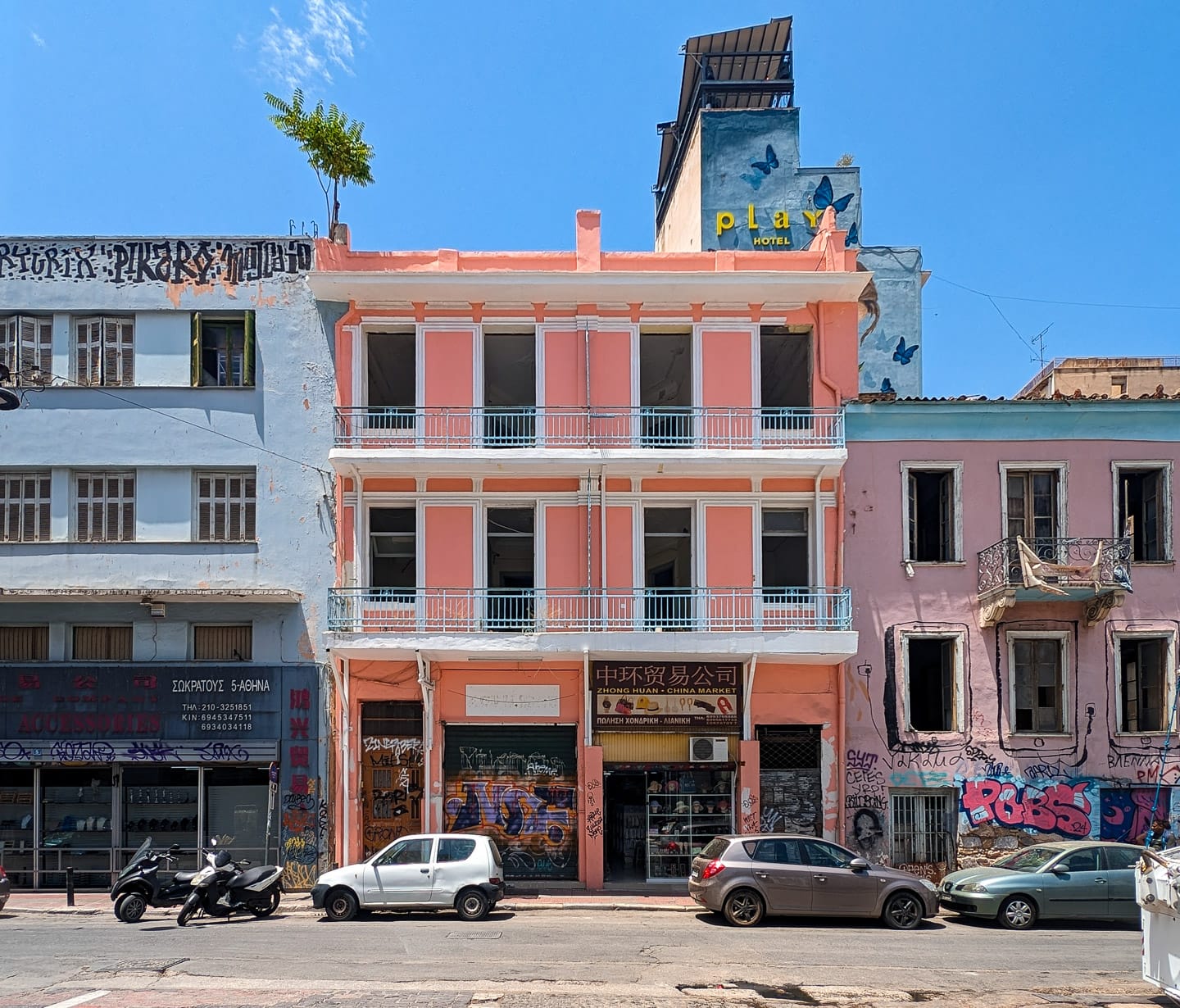
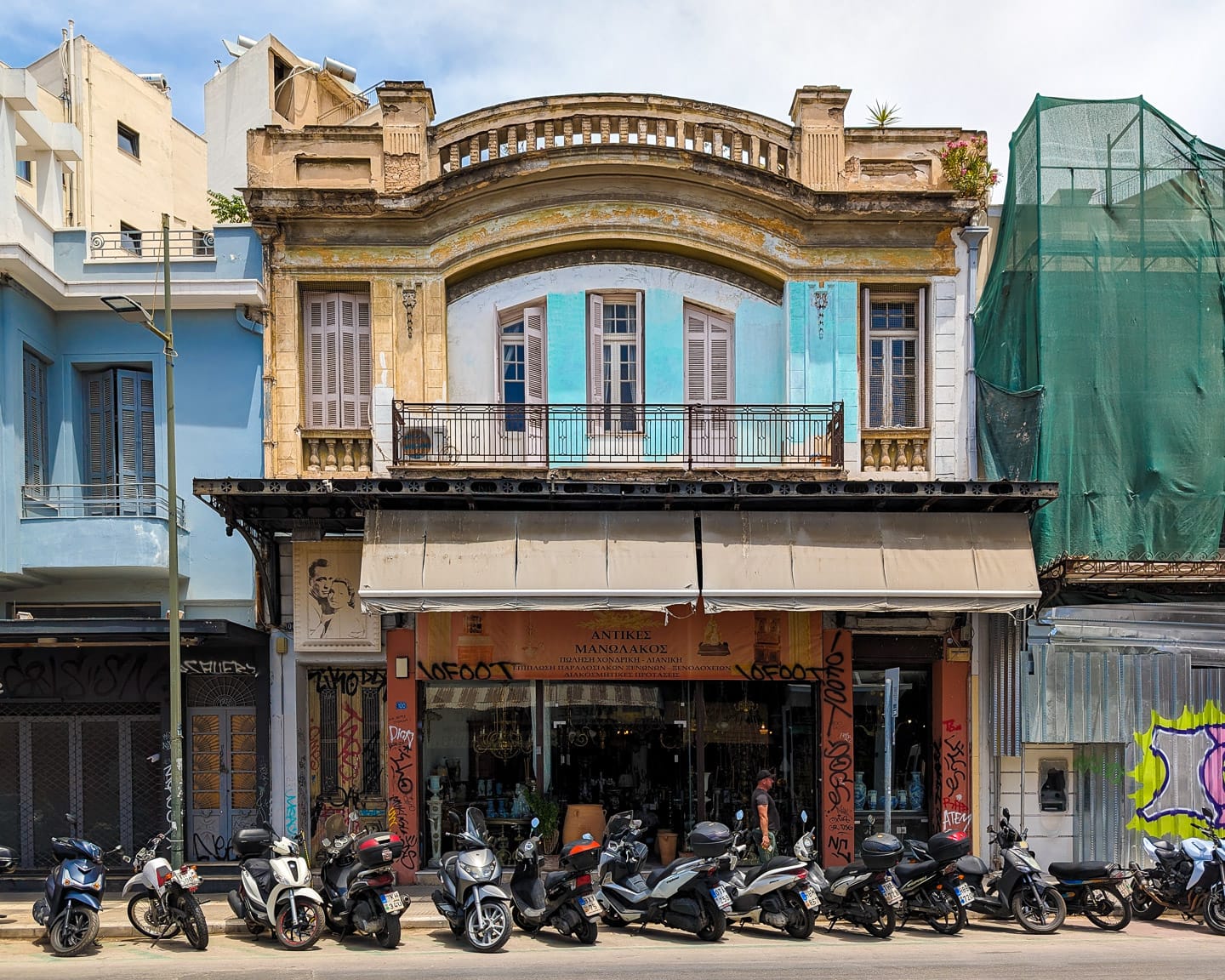
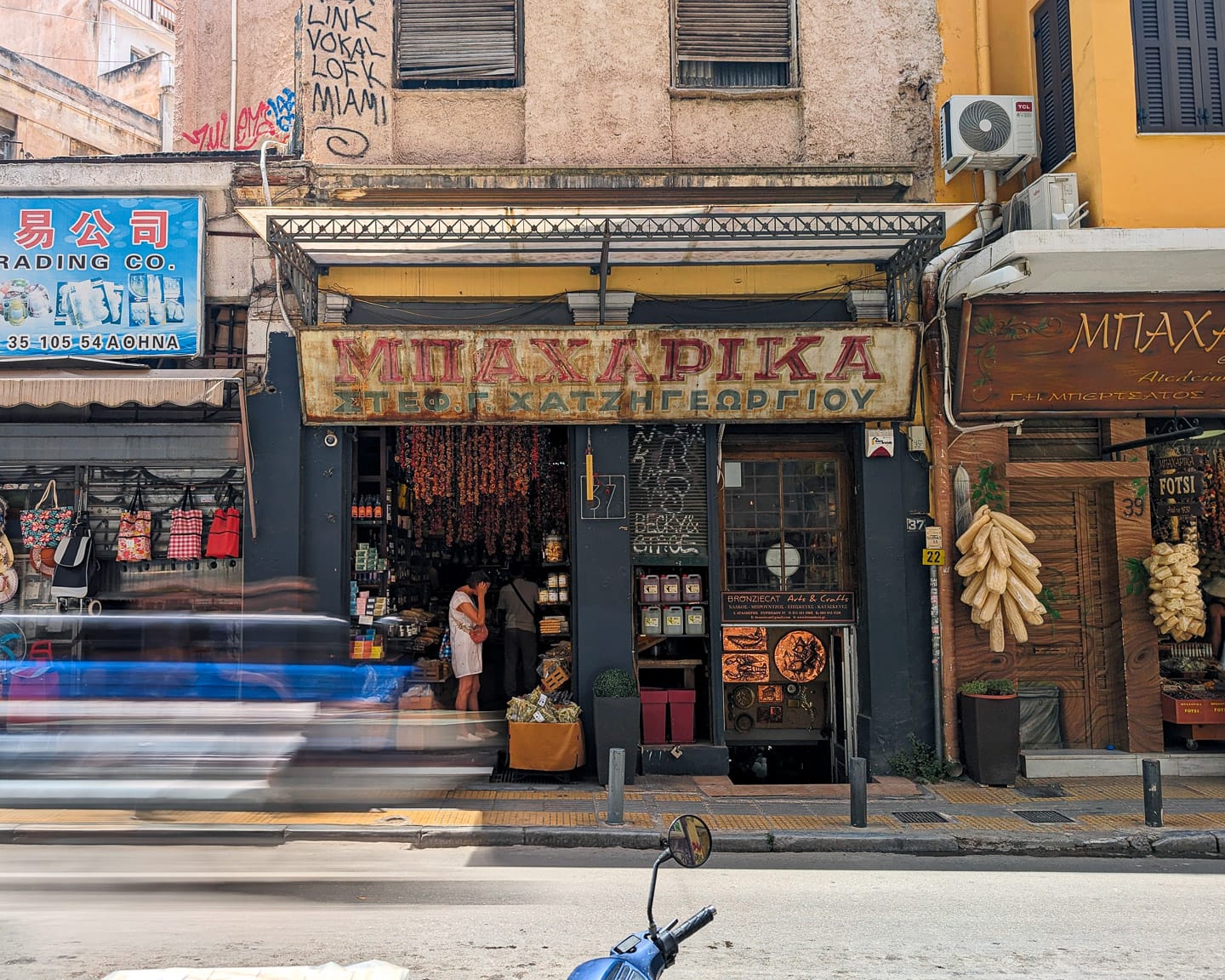
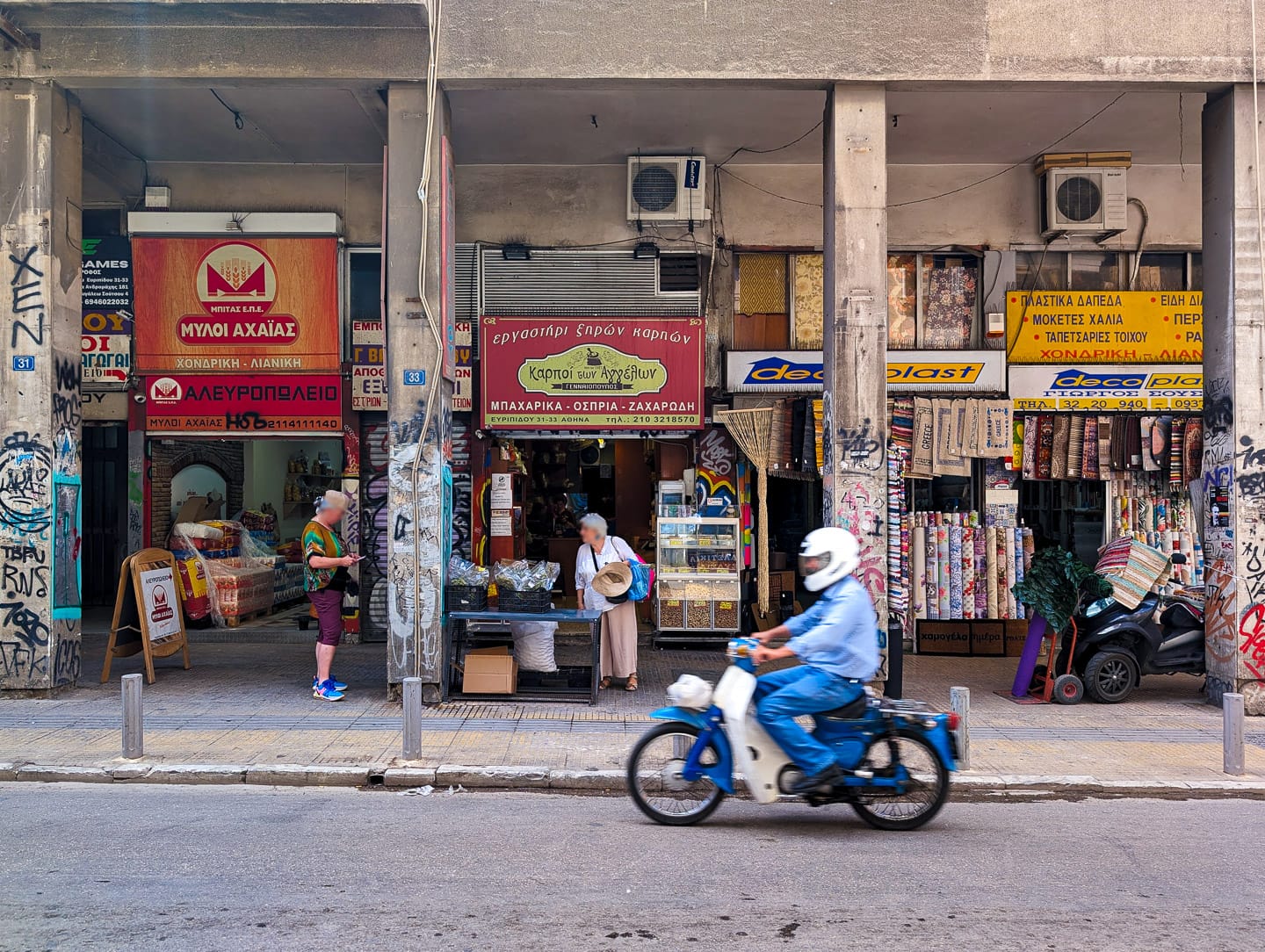
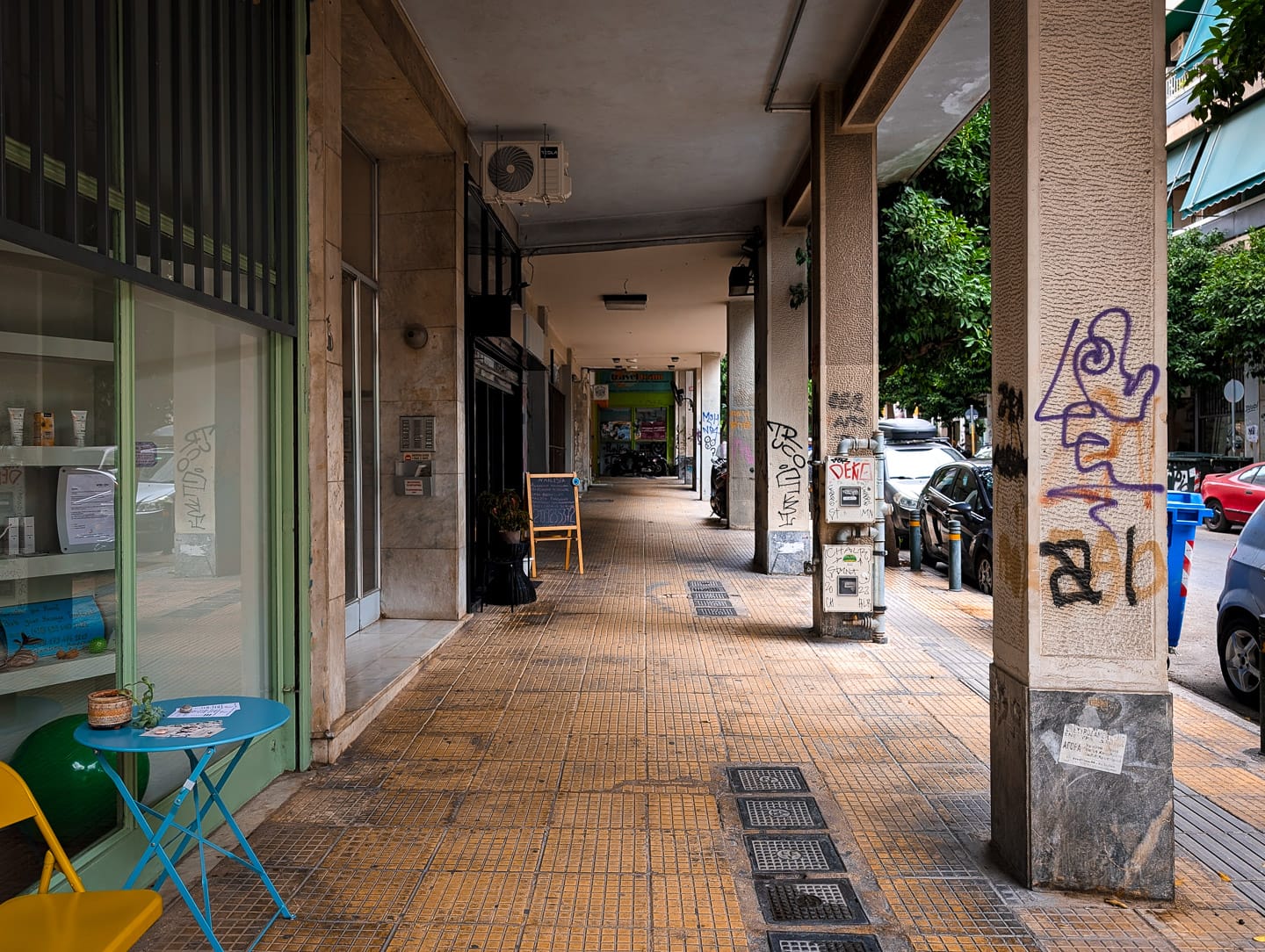
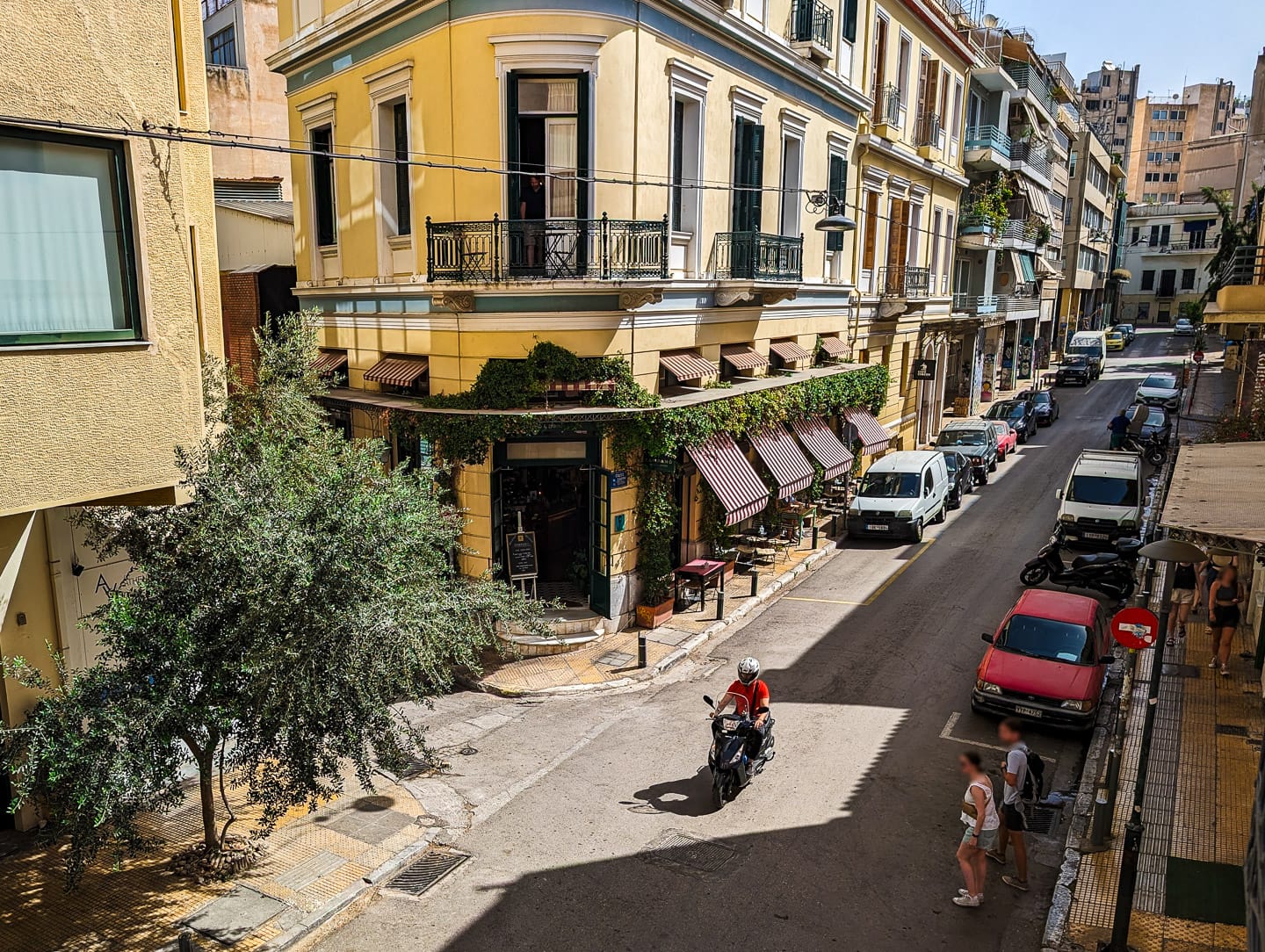
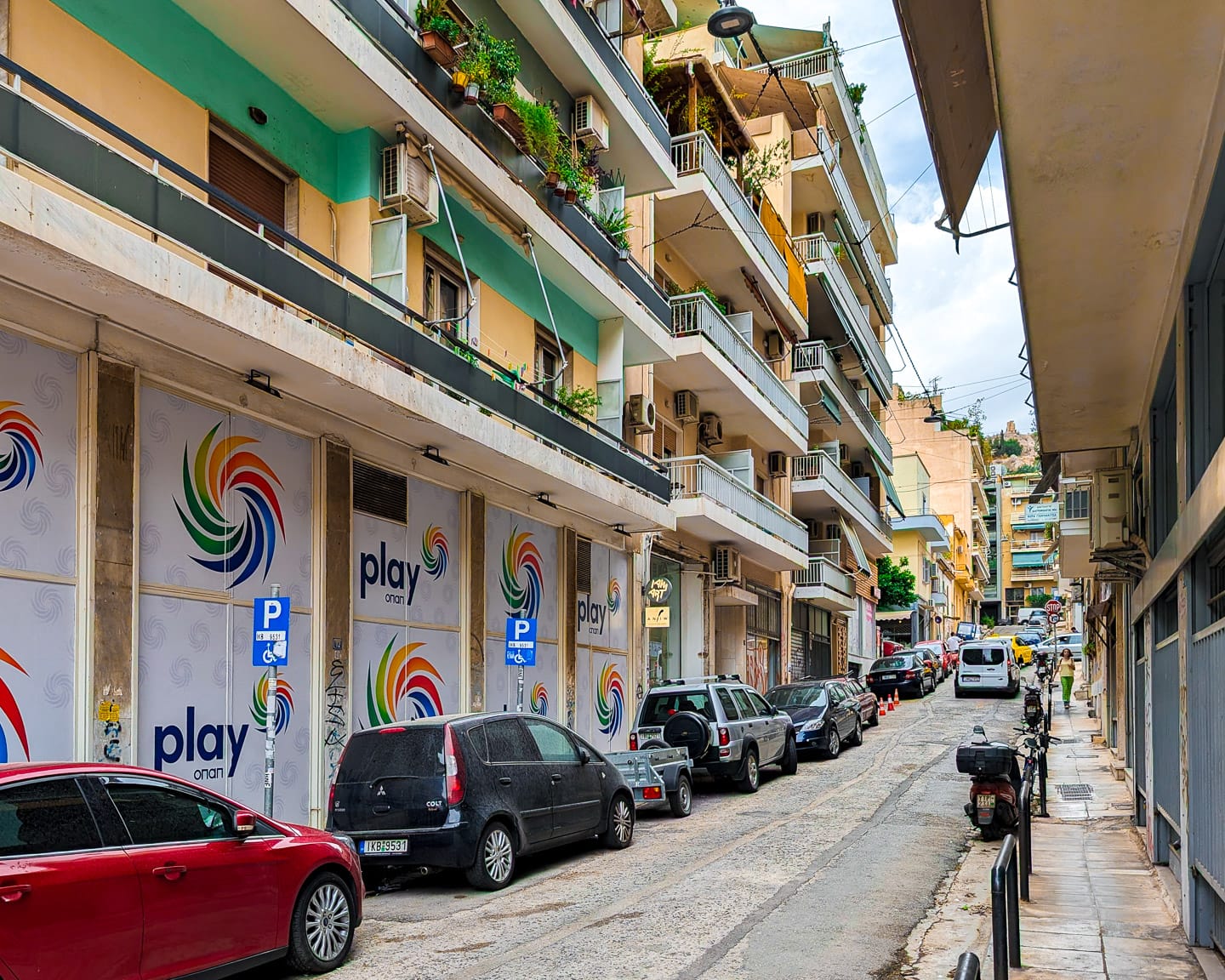
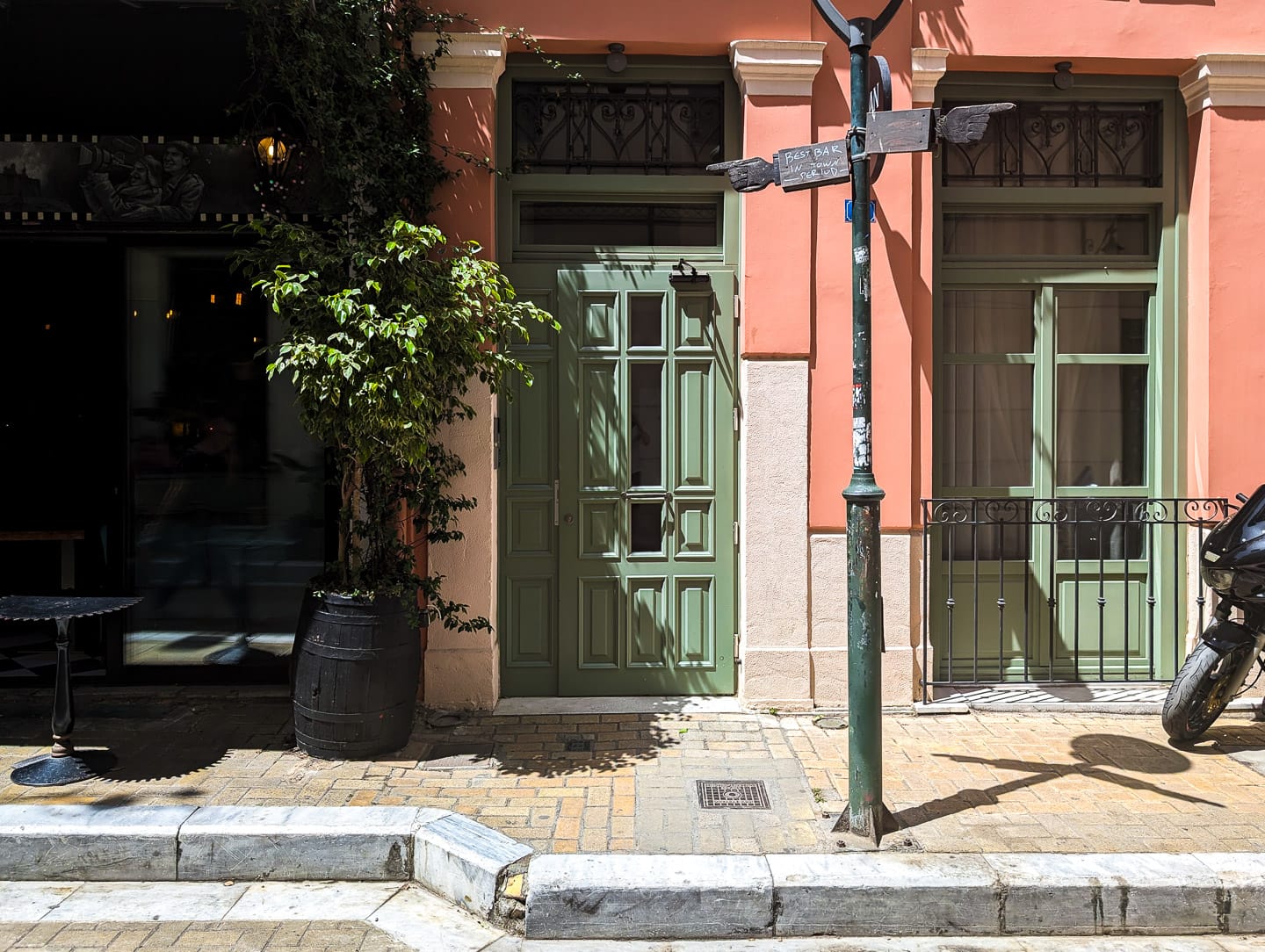
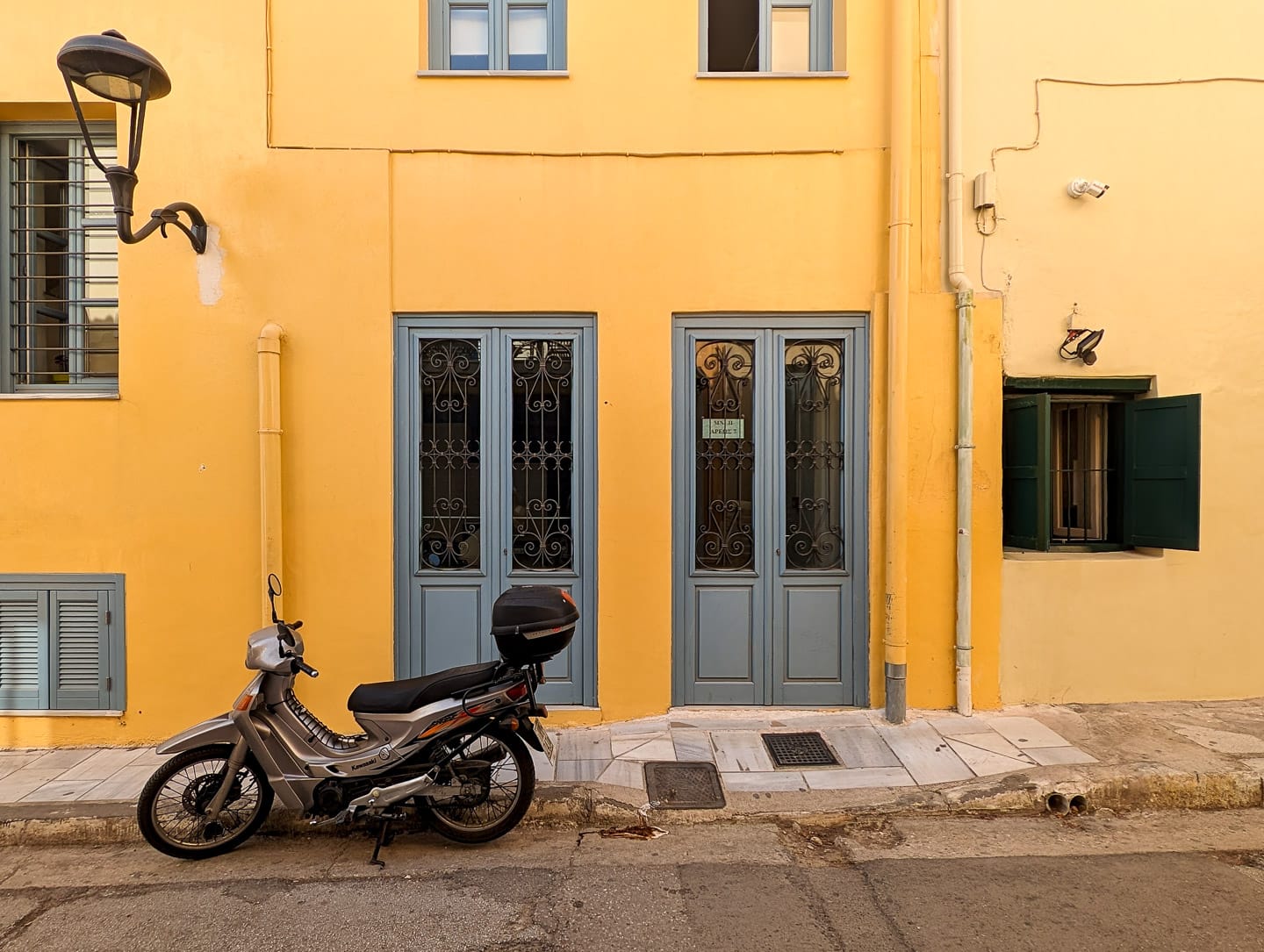
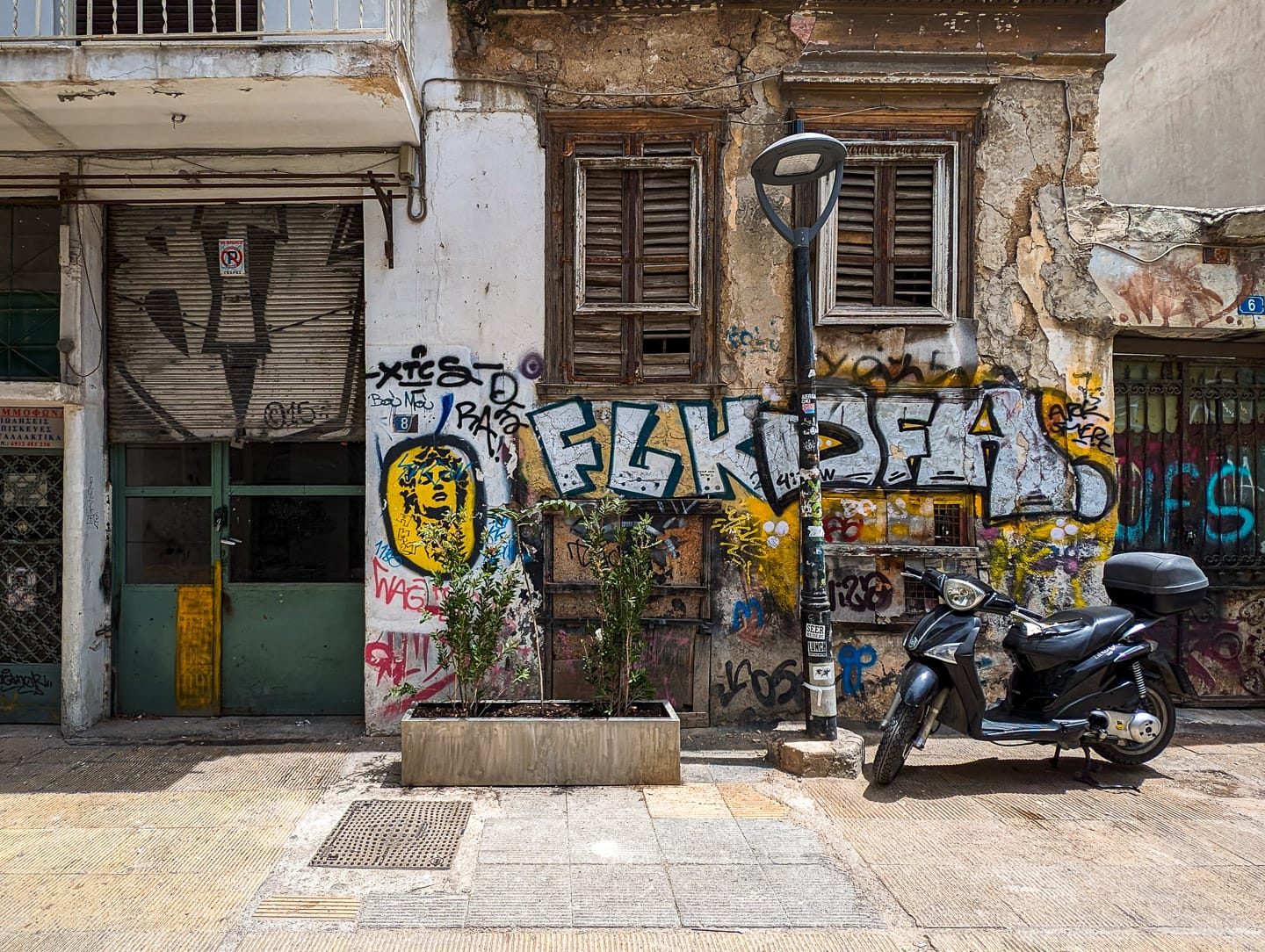
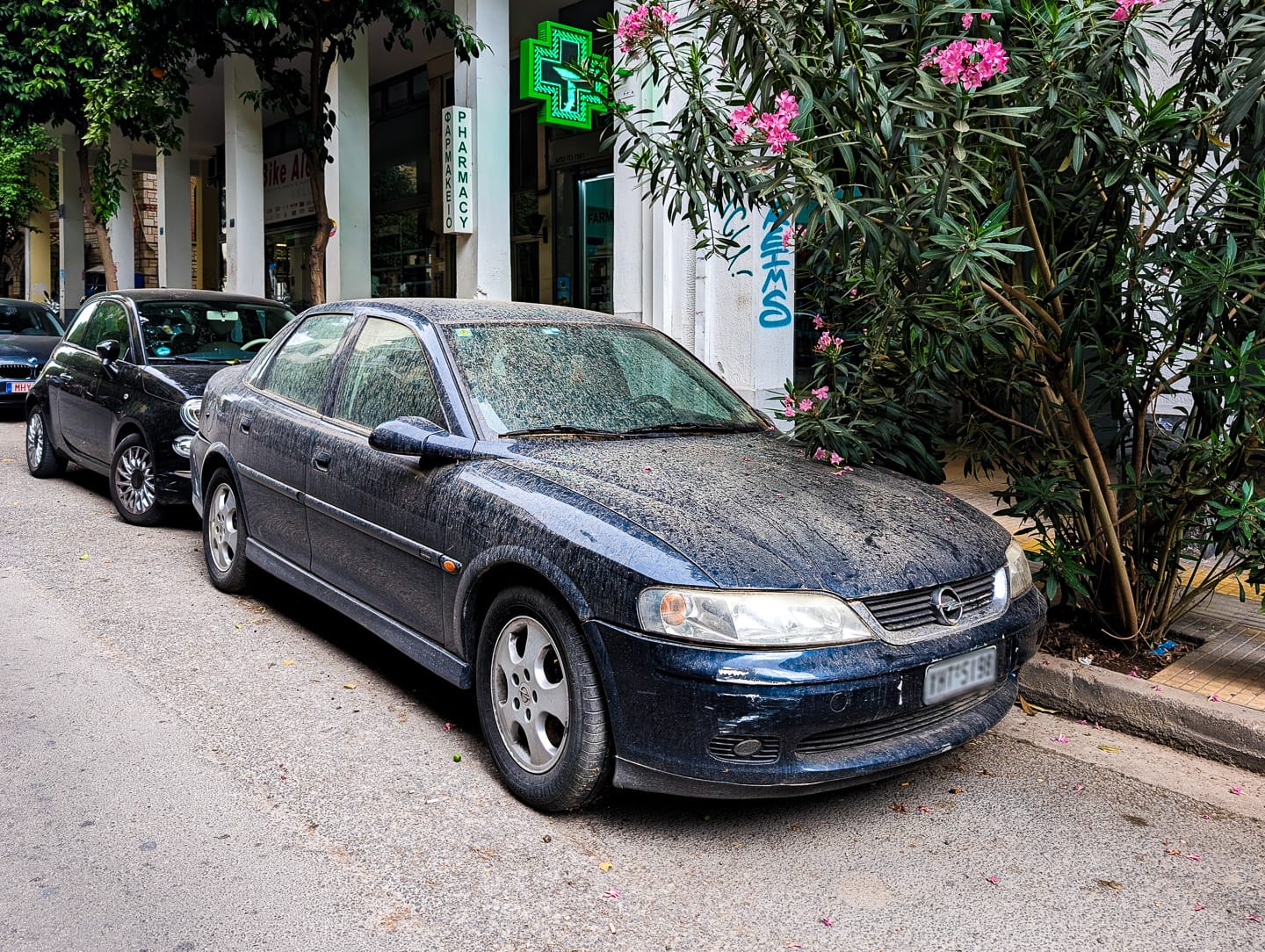
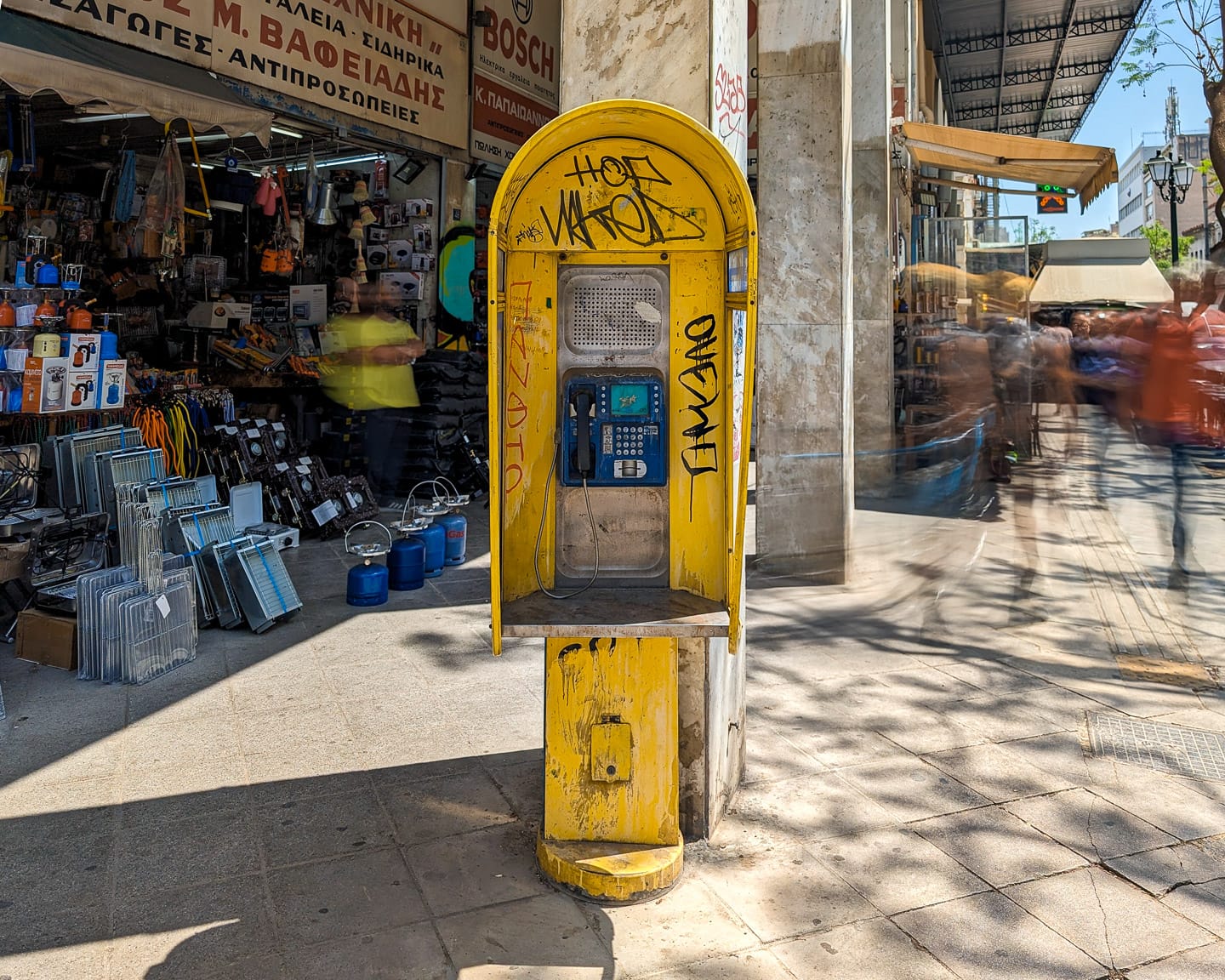
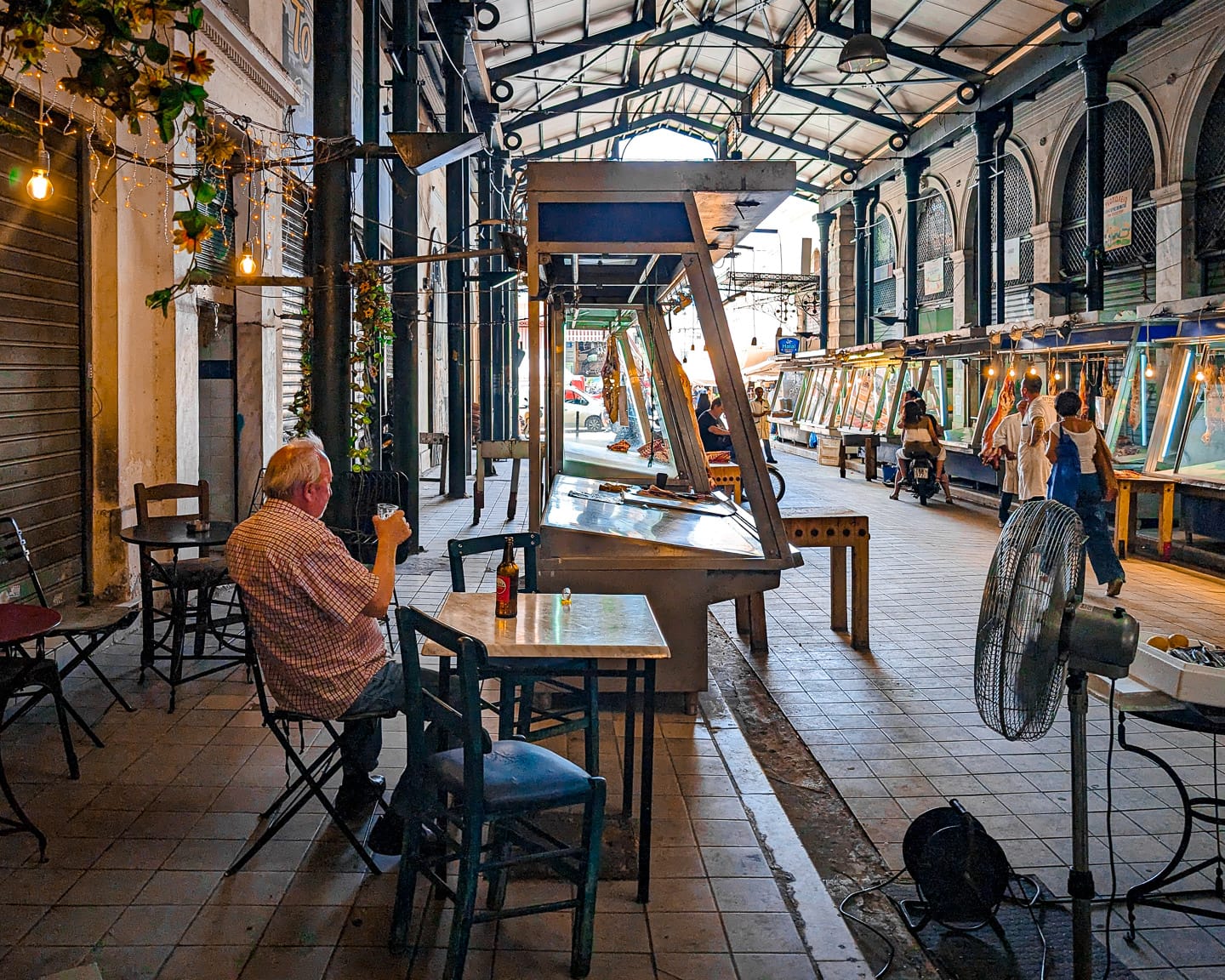
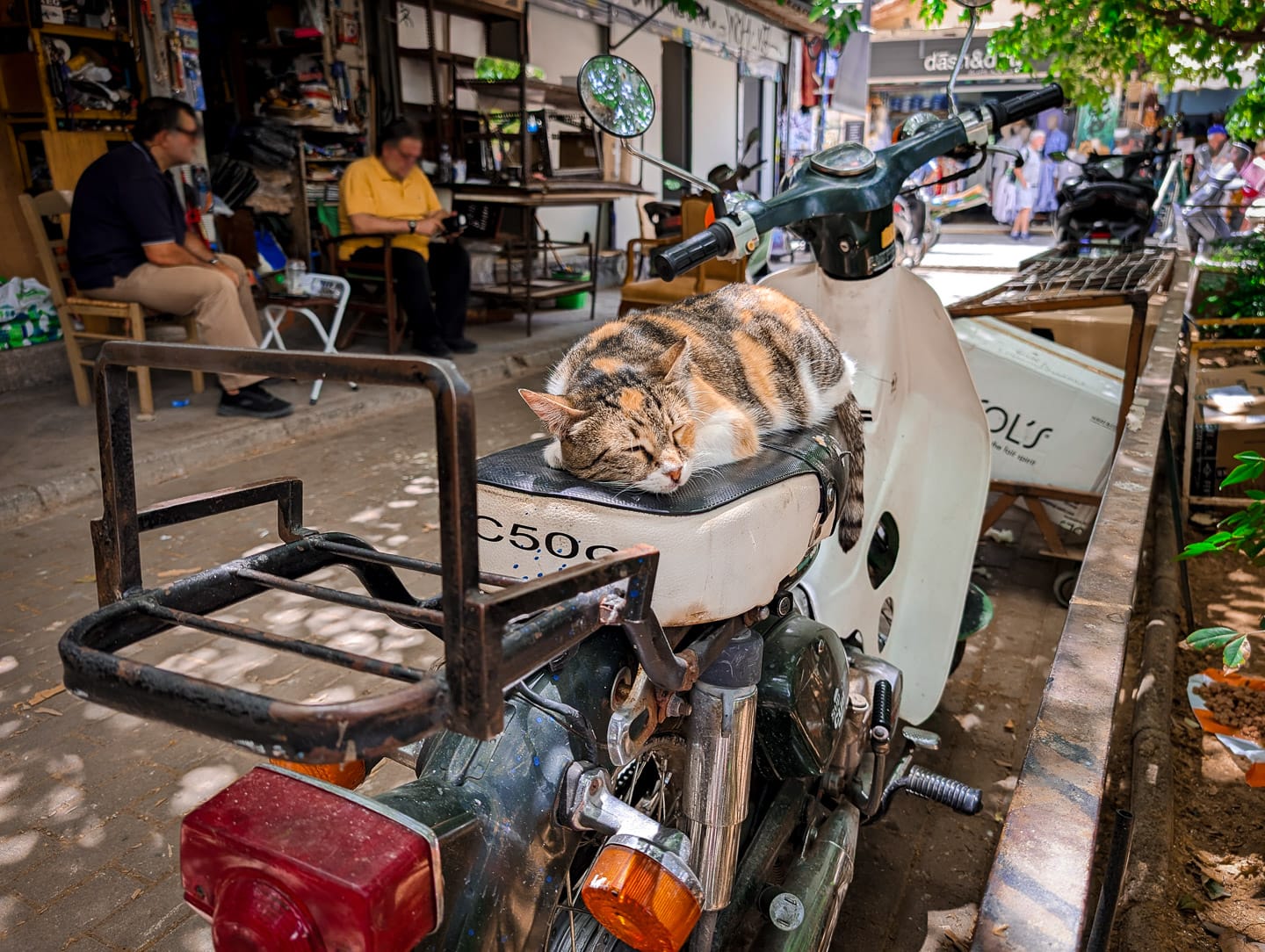
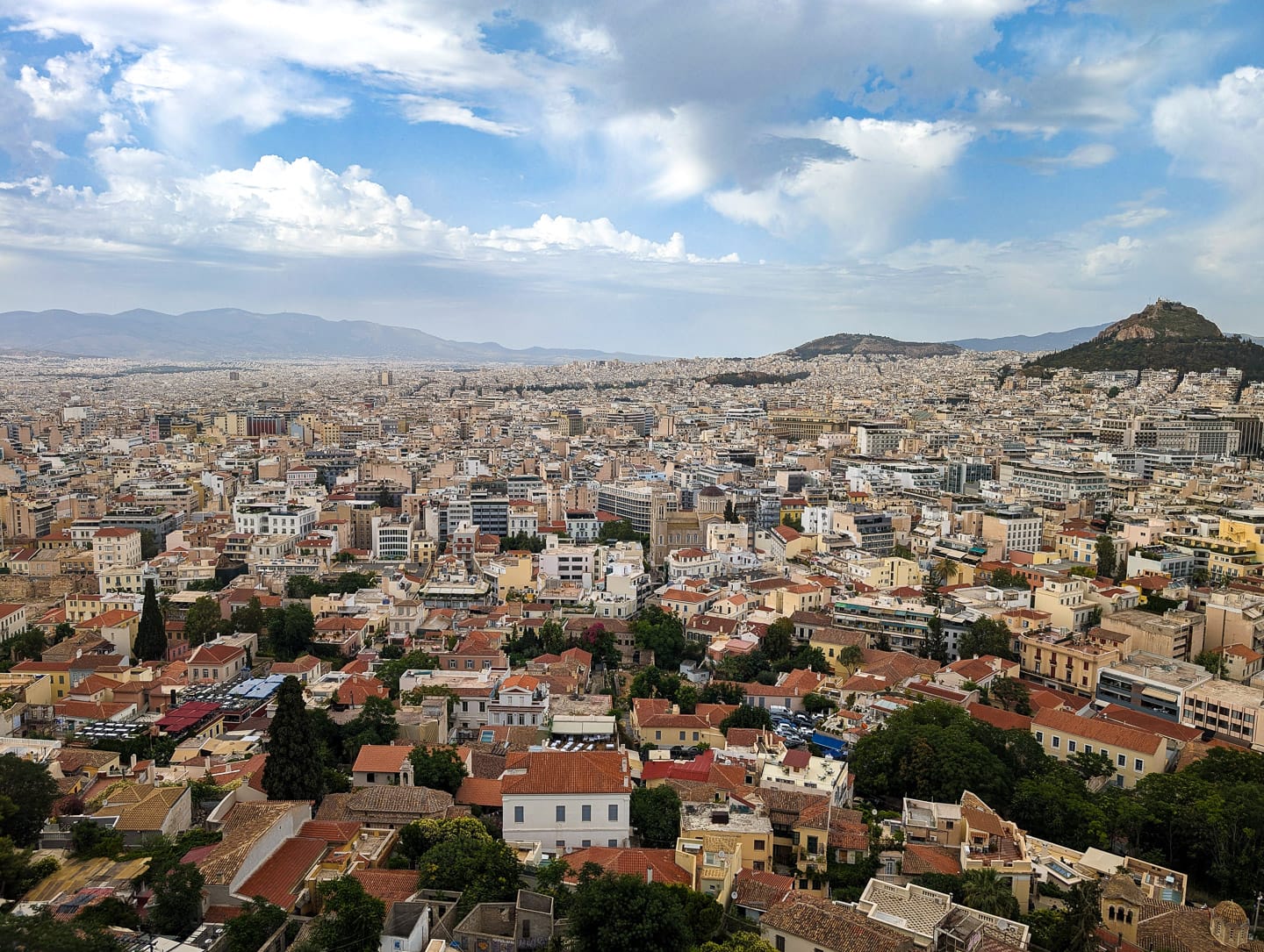
Until we meet in transit,
AJ
